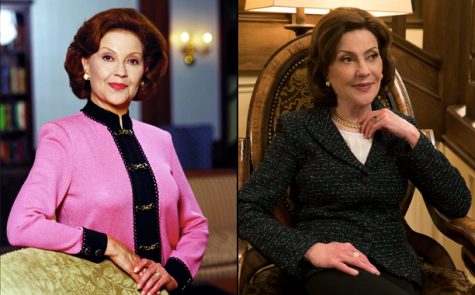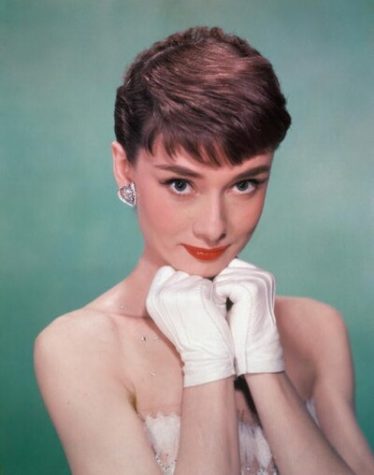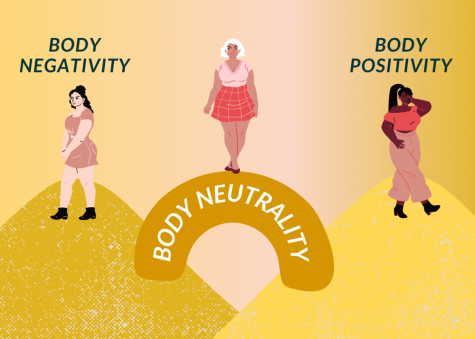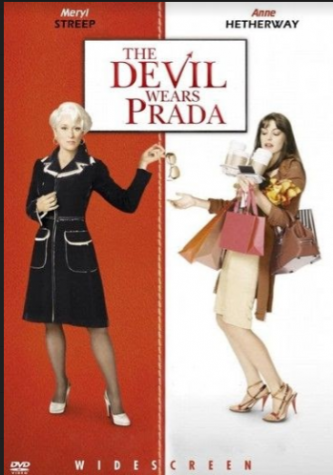How Fashion is Pushing the Limits of Gender Stereotypes

Source: Google
For a long time fashion has served as a way of expressing people’s personalities, emotions, and showing their individuality. Recent events in 2020 and previous years have caused people to take a second look at how people are using fashion to push gender stereotypes and break the barrier between what characteristics are considered masculine or feminine.
In the past people have affiliated fashion statements like high heels and makeup with women. As fashion is evolving many people believe that the clothes you wear dictate your sexual orientation and your gender, when in fact it is quite the opposite.
In the recent December 2020 issue of Vogue, Harry Styles became the first man to star on the cover of the magazine, and he did it in a dress. Harry told the Guardian magazine “What men wear, what women wear. For me it’s not a question of that.” He went on to say “I think the moment you feel comfortable with yourself, it all becomes easier.” This isn’t the first time that Harry Styles has been spotted wearing something other than what is considered “mens” fashion. He has worn many groundbreaking outfits at the 2019 Met Gala and numerous other red carpet events. Harry Styles isn’t the only famous figure to cause a stir during red carpet events. Lil Nas X and Dennis Rodman are also known for their jaw dropping outfits with fluorescent color, glitter and fun expressive patterns. According to Forbes Lil Nas X has said “I never thought people would consider me a fashion icon…I just wear what I love and think is cool.”
Over the past few decades other celebrities such as Julia Roberts have openly defied what is considered feminine clothing. Back in 1990, Julia Roberts attended the Golden Globes in a three piece, oversized suit and a pair of brown dress shoes. Julia later told Instyle magazine in 2014 “For me, this is the epitome of being dressed up.” Even Princess Diana had been seen wearing a suit jacket, belt and tie back in 1994.
The Entertainment industry has also been using fashion as a way of challenging gender stereotypes. In the well-known Netflix series One Day at a Time, Elena Alvarez, who is played by Isabella Gomez, decided against a traditional dress and opted for a white pantsuit for her Quinceanera. Even in the 21st century, this is not a relatively new concept. Marlene Dietrich a German actress is well-known for wearing a tuxedo and top hat in the 1930s movie Morocco, directed by Josef von Sternberg. According to the Guardian Dietrich has said “I dress for the image, not for myself, not for the public, not for fashion, and not for men.” Dietrich wearing a tuxedo in a movie was considered unconventional and even unheard of during this time period. These people remain a precedent for future generations to push the limits and boundaries of gender stereotypes.

My name is Josephine. I love cooking with my family, learning American Sign Language, and playing soccer and softball. I was raised with 80s rock music...










